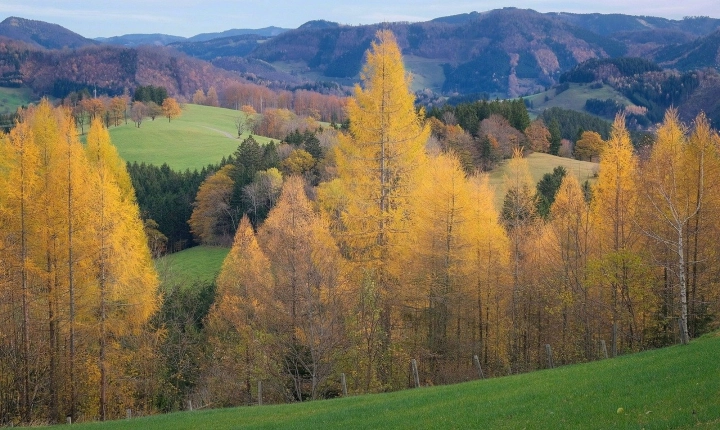Title: How to Use AI to Create a Picture
Artificial intelligence (AI) has become an invaluable tool for artists and designers looking to push the boundaries of their creative expression. One of the exciting applications of AI in the realm of art is the generation of unique and compelling pictures. By harnessing the power of AI, individuals can access powerful algorithms and machine learning models to create stunning visuals that may have been otherwise unattainable. In this article, we will explore the process of using AI to generate a picture and provide a step-by-step guide for those interested in delving into this innovative realm.
Step 1: Choose an AI Platform
The first step in creating a picture using AI is to select a suitable AI platform or tool. There are numerous AI-powered applications and software available, each with its own unique features and capabilities. Some popular options include DeepArt, Artbreeder, and Runway ML. These platforms provide a user-friendly interface and a diverse range of AI-driven image generation tools, making them ideal for both beginners and experienced artists.
Step 2: Input Source Material
Once you have chosen an AI platform, the next step is to input the necessary source material. This can include photographs, sketches, or even abstract concepts that serve as the foundation for the picture. Many AI platforms allow users to upload their own images or use pre-existing image libraries to serve as the starting point for the AI-generated artwork.
Step 3: Select AI Model and Parameters
After inputting the source material, the user can then select an AI model and adjust various parameters to guide the image generation process. These parameters can include style, color palette, composition, and other visual elements that influence the final output. Advanced AI platforms may also offer the option to modify the intensity of specific features or apply artistic filters to achieve the desired aesthetic.
Step 4: Iterative Refinement
Generating an AI picture often involves an iterative process of refinement and experimentation. After the initial picture is created, users can further customize and refine the image by adjusting specific elements or experimenting with different AI models and settings. This iterative approach allows for a high degree of flexibility and creative exploration, ultimately leading to a more satisfying and personalized result.
Step 5: Export and Share
Once the AI-generated picture meets the desired aesthetic and creative vision, it can be exported and shared in various formats. Whether it is a digital image file, a print-ready design, or a multimedia project, AI-generated pictures offer endless possibilities for display and distribution across digital and physical mediums.
In conclusion, the use of AI to create pictures represents a compelling intersection of technology and artistry, empowering individuals to explore new frontiers in visual expression. By leveraging state-of-the-art AI platforms and tools, artists and designers can unlock a wealth of creative potential and produce captivating images that transcend traditional artistic boundaries. As AI continues to evolve, the possibilities for generating pictures through artificial intelligence will only expand, offering an exciting future for the intersection of art and technology.
